This week's Tuesday Newsday challenge was to do just that; to find out something new about plants and then share it with the rest of the class. And what a great range of things we learned!
For example, did you know that the Edelweiss (rather famous in these parts) is protected? People used to love to pick them, but if they pick any more there will be none left. They are found in rocky places in the high mountains. Tatiana shared this with us.
Staying with flowers for a moment, Virginia shared what she had learnt. She was interested in the cloudberry (what a pretty name!) which she discovered lives close to the North Pole. It is related to the rose.
Which is interesting, because Shahrbano was all excited about the desert rose.It is an evergreen plant that can be up to three metres tall (that's about the height of our classroom ceiling!) The leaves grow round in a spiral.
Martin didn't know that tulips could have frilly edges nor that they could be taller than a child.
Seyf shared this with us; the watermelon is a fruit.....
that is mostly water.
Aabis didn't know that potatoes grow under the ground. That produced a bit of a buzz!
Some of the children in the class were lucky enough to have visited a potato farm last year; they already knew lots about potatoes. They shared some of what they knew with the rest of us. Tommy pointed out that green potatoes are poisonous.....
.....and oh dear, that got us slightly off-topic again. What, I wondered, is it that makes potatoes green? Or put it another way. What happens to plants when they are in the dark?
Ah ha! They turn yellow (or more accurately, they don't go green). So why do you think potatoes might go green? Yes; you've got it. Potatoes under the ground stay white but any that poke through the soil go green in the sunlight!
Shouq wanted to share something about cacti with us. She didn't know that they have flowers.
Leon brought a photo of his mum standing beside a different kind of cactus.
Can you see how tall it is? He also shared something that he had found out about the tallest trees in the world; the giant sequoia. Although we had already discussed trees with tunnels through them.....
he had some more facts and figures for us. This tree was 69 metres high and 27 metres round the trunk at the bottom. I wonder how many people it would have taken to join hands round the tree.
From tallest to oldest. Tommy was eager to tell us about the bristle-cone pine tree. It is the oldest tree in the world.
One in Arizona is 4,600 years old, which means it was just a baby (a sapling) when the pyramids were being built!
He painted a beautiful picture of one for us.
Sharukh brought a book to show us. He wanted to share with us something that he didn't know before; the fact that huge tall trees can be grown from tiny seeds.
What tree would grow from this seed, do you think?
Still on the subject of trees, Meghna didn't know before her research how leaves change the colour of their leaves. It was a little bit complicated for Meghna to explain, but when we look at a leaf in summer, we see the colour green.
There are other colours there but we can't see them. As the weather gets colder, the food that has been stored in the leaves (and which made them look green) flows back to the branches and trunk of the tree instead. As no more food will be made the green colour disappears and we see the other colours; the reds and oranges and browns.
Shani wanted us to learn about the neem tree.....
that she has sketched for us here. It is a tall tree that is found in Kenya. It is used for medicine and can treat 40 different diseases!
What a bloodthirsty lot we are; there was a plethora of interest in those gruesome plants that 'feast' on hapless flies after tempting them inside their 'traps'. We learned about the Venus fly-trap from Mark,
the pitcher plant from Ryoma
and all kinds of different carnivorous plants from Thomas.
And thanks to Virginia, who confirmed that carne is the Italian word for meat, we were able to work out that carnivorous means meat eating. Ugh - does that really mean that flies are meat?
Can I save the last words for Viivi? She lives next to a sunflower field.....
and has become a bit of an expert just by observing what goes on outside her house. She told us that over the day the flowers follow the sun. Interestingly, the French word for sunflower is tournesol. Say it to yourself as you listen carefully to the parts of the word; what do you think it translates to?
Now that is something that used to puzzle me about sunflowers. Imagine that they track the sun through the day. That must mean that by nightfall they all end up facing the wrong direction. What happens next? Has anyone stayed up to check what they do during the night? Do they zip round to face the right way once the sun appears? Or do they bend their heads and move back slowly - with the moon perhaps?
Sadly we won't be able to find out for ourselves until next year; Viivi tells us that they have just harvested the ones in 'her' field.
Which brings me to another question. What on earth do farmers grow sunflowers for?
Watch this space to find out.....
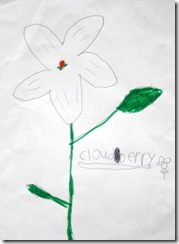

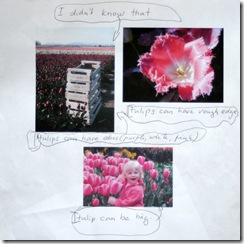

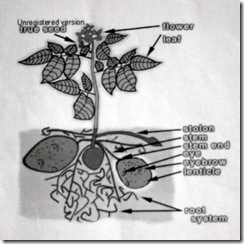

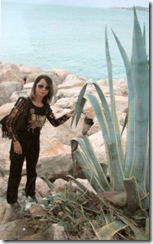

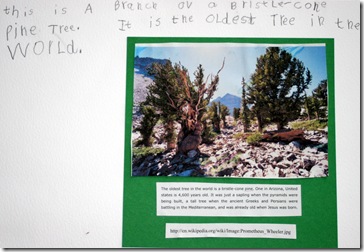
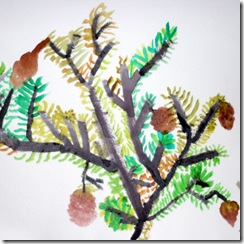
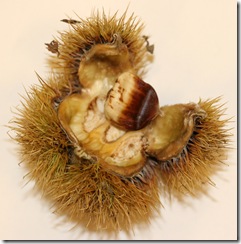

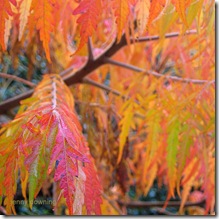
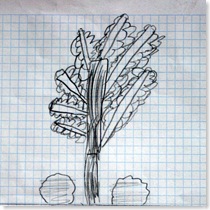
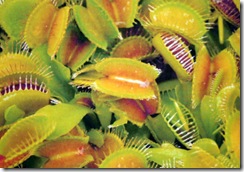
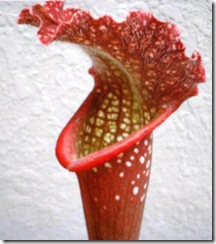
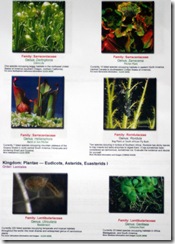
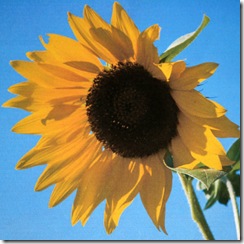




No comments:
Post a Comment